The CROSS STITCH
Motif Bible
Over 1000 motifs with
easy-to-follow color charts
JAN EATONCHARTS BY CAROL AND JOHN WOODCOCK

2016 Quarto Publishing Group USA Inc. Copyright 2005, 2011 Quarto Inc. This edition published in 2011 by
CHARTWELL BOOKS
an imprint of Book Sales
a division of of Quarto Publishing Group USA Inc.
142 West 36th Street, 4th Floor
New York, New York 10018, USA quartoknows.com Visit our blogs at quartoknows.com All rights reserved. No part of this publication may be reproduced, stored in a retrieval system, or transmitted in any form or by any means, electronic, mechanical, photocopying, recording or otherwise, without the prior permission of the copyright holder. ISBn-13: 978-0-7858-2865-5 QUAR.CSBI Conceived, designed, and produced by
Quarto Publishing plc
The old Brewery
6 Blundell Street
London N7 9BH Project editor Susie May
Senior art editor Penny Cobb
Designers Sheila Volpe, Carol Woodcock
lllustrators coral Mula (pages 1723),
Carol and John Woodcock (pages 30249)
Proofreader Tracie Davis
Indexer Geraldine Beare
Art director Moira Clinch
Publisher Paul Carslake Digital edition: 978-1-61058-357-2
Softcover edition: 978-0-78582-865-5 Color separation by Modern Age Repro House Ltd,
Hong Kong
Printed by Midas printing International Limited,
China 10 9 8 7 6 5 4 3 2 1
CONTENTS
- Chapter 1
TECHNIQUES - Chapter 2
PATTERN LIBRARY
Guide
Introduction
Cross stitch is a very easy embroidery technique to work, and it quickly becomes addictive. To help you quench that addiction this book features over one thousand charted cross stitch designs, including alphabets, motifs, borders, and all-over patterns.
The designs have been grouped together in the Pattern Library, which is split into separate sections for ease of use, however you can of course mix and match motifs and borders from any of the sections, and add lettering and numbers. The Cross Stitch Motif Bible gives the cross stitcher an almost limitless choice of combinations, so you can truly personalize your stitching.
Putting it all together
There are many ways that you can use the charts in this book to create unique, individual works of embroidery. You can pick out preferred motifs, styles of lettering, and borders and put them all together using the guidelines in Design Tips (
see ). You can use the colors I have suggested or put together your own combinations. Finally, you can make your works of embroidery into any number of different finished items.
The palette of 58 colors used for the charts is based on the DMC floss range. A list of actual code numbers and color names is provided on , , , accompanied by their nearest Anchor floss equivalents. Please feel free to experiment with your own color combinations, adding specialty threads, metallic threads, and beads to create the exact effect to suit you.
WEDDING HEARTS T OM P UDDING D ESIGNS Flowers, bold initials, and a large heart motif combine to make a simple yet effective sampler to commemorate a wedding.
SMALL MOTIF SAMPLER T OM P UDDING D ESIGNS A selection of traditional sampler motifs are contained within a narrow border to make this pleasing arrangement. Tiny silver-colored metal charms are added to the design.
Many cross stitchers choose white, cream, or ecru fabric as the background for their stitching, and pale, neutral shades show off the thread colors well, but dont forget that there is a wide variety of other color choices that you can explore. Bright, hot colors can make a simple design look very up-to-the-minute, and dark colors show off an intricately stitched pattern to great effect. You can also be adventurous when turning your pieces of cross stitch into finished items. Traditional framed samplers are undoubtedly beautiful, as are cross-stitch decorated pillowcases, but perhaps you would prefer to use your embroidery in a whole new way. You could try: stitching a selection of brightly colored fruit motifs (see 63) on coarse evenweave linen and mounting it in a sleek modern frame to display in a dining area; repeating rows of tiny motifs, such as the smaller butterflies on pages 7375, on lengths of Aida or linen band and sewing them onto table and bed linen; or mounting your stitching in a box lid or on the front of a simple fabric bag. Even tiny pieces of cross stitch can look lovely made into a pincushion, scissors keeper, or perfumed lavender bag.
Whatever you decide, I hope you enjoy choosing and stitching the designs in the book and that you are ultimately delighted with the finished results.
How to use this book
The first section of this book takes you through the materials and techniques needed for working cross stitch embroidery, before moving on to the Pattern Library, which contains over 1,000 motifs for cross stitch with integral color keys. Motif sizes and thread details are then given at the end of the library.

READING A CHART
A cross stitch design is worked from a chart onto evenweave fabric by counting the blocks or threads in the fabric to position the stitches accurately. Each cross stitch is represented in this book by a colored cross occupying one block of fabric. Unfilled fabric blocks on a motif, letter, or border show the number of unworked blocks that separate groups of stitches.
As a general rule, start stitching at the center of a cross stitch design, working outward from the center of the chart by working one complete cross stitch for every colored cross shown on the chart.
FORMING THE STITCHES Each cross can be formed exactly as shown above left, or the top and bottom diagonal stitches can be worked to slant in the opposite direction as shown above right. Whichever way you prefer to stitch, remember to be consistent, making sure the top diagonals of each cross slant in the same direction.


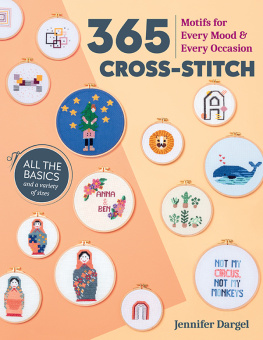
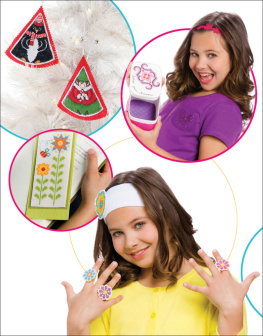
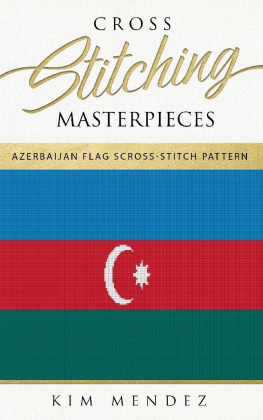


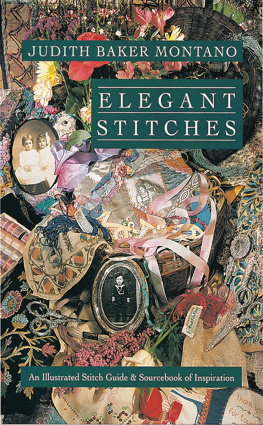
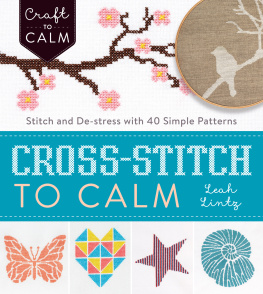
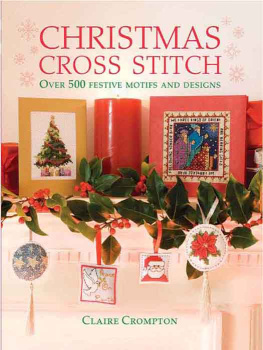
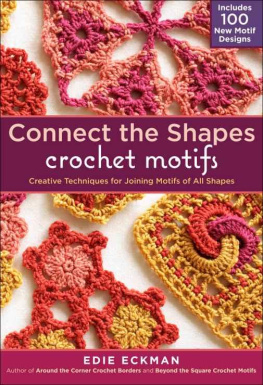
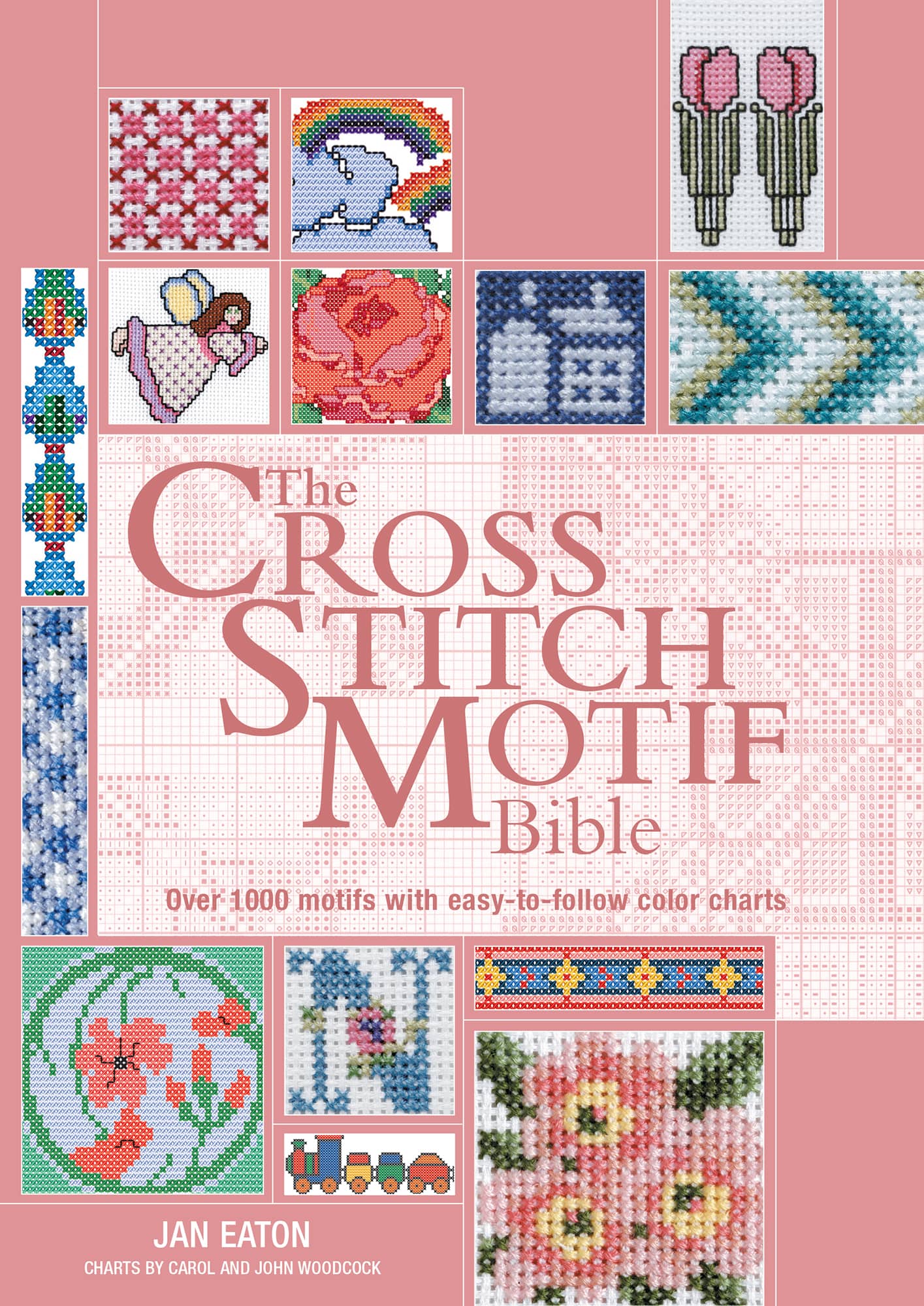


 2016 Quarto Publishing Group USA Inc. Copyright 2005, 2011 Quarto Inc. This edition published in 2011 by
2016 Quarto Publishing Group USA Inc. Copyright 2005, 2011 Quarto Inc. This edition published in 2011 by




